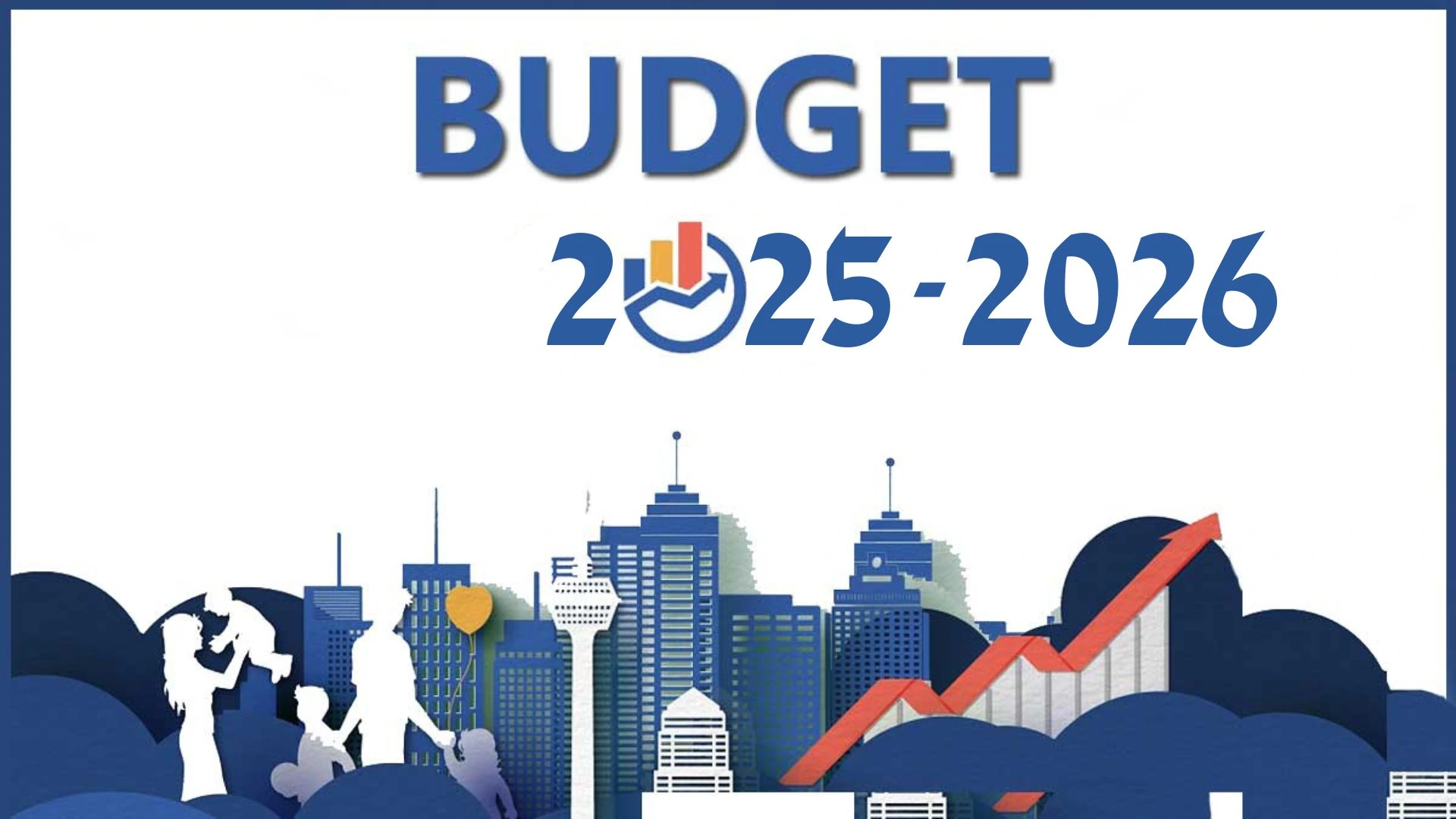The national budget is more than just an annual financial statement—it’s a reflection of a country’s economic priorities and a roadmap for growth. For businesses in Sri Lanka, the budget can be a catalyst for opportunity or a source of challenge, depending on its policies and allocations. From taxation and subsidies to infrastructure and sustainability, the budget shapes the business environment in profound ways.
In this article, we’ll explore how the Sri Lankan budget impacts businesses across various sectors, the opportunities it creates, and the challenges it poses. Whether you’re a small business owner, a corporate leader, or an aspiring entrepreneur, understanding the budget’s implications can help you navigate the economic landscape and make informed decisions.
1. Taxation Policies: A Direct Impact on Profitabilit
Taxation is one of the most immediate ways the budget affects businesses. Changes in corporate tax rates, value-added tax (VAT), and import duties can influence profitability, pricing, and investment decisions.
- Positive Impact: A reduction in corporate tax rates can boost business profits, enabling companies to reinvest in expansion, innovation, or employee benefits. For example, a lower tax burden can encourage SMEs to scale up operations or enter new markets.
- Negative Impact: Conversely, higher taxes can squeeze profit margins, forcing businesses to cut costs or increase prices. This can be particularly challenging for small businesses operating on tight budgets.
For businesses, staying informed about tax changes is crucial for financial planning and strategy.
2. Subsidies and Incentives: Fueling Growth in Key Sectors
The budget often includes subsidies and incentives to support specific industries, such as agriculture, tourism, and manufacturing. These measures can stimulate growth and create new opportunities for businesses.
- Tourism Industry: If the budget allocates funds to promote tourism, it can lead to improved infrastructure, better marketing, and increased visitor numbers. This benefits hotels, travel agencies, and local businesses that cater to tourists.
- Agriculture Sector: Subsidies for farmers or incentives for agri-tech startups can boost productivity and innovation, creating a ripple effect across the supply chain.
By aligning their strategies with government priorities, businesses can leverage these incentives to gain a competitive edge.
3. Exchange Rates and Import Policies: Navigating Global Trade
The budget can influence exchange rates and import policies, which are critical for businesses that rely on imported goods or export their products.
- Positive Impact: A stable exchange rate can reduce uncertainty and make it easier for businesses to plan and budget. For exporters, favorable exchange rates can enhance competitiveness in global markets.
- Negative Impact: Higher import duties or fluctuating exchange rates can increase costs for businesses that depend on imported raw materials or equipment. This can lead to higher prices for consumers or reduced profit margins for businesses.
To mitigate these risks, businesses can explore local sourcing options or hedge against currency fluctuations.
4. Infrastructure Development: Creating Opportunities for Growth
Infrastructure projects funded by the budget, such as roads, ports, and digital networks, can have a transformative impact on businesses.
- Logistics and Supply Chain: Improved infrastructure reduces transportation costs and delivery times, benefiting industries like manufacturing, retail, and e-commerce.
- Access to Markets: Better connectivity can open up new markets for businesses, especially in rural or remote areas.
For example, a new highway or port facility can enable businesses to expand their reach and improve efficiency.
5. Consumer Spending Power: Driving Demand
The budget can influence disposable income and consumer spending through measures such as income tax cuts, social welfare programs, or subsidies.
- Positive Impact: Increased disposable income can boost demand for goods and services, benefiting sectors like retail, hospitality, and entertainment.
- Negative Impact: Higher living costs or reduced disposable income can lead to lower consumer spending, affecting businesses that rely on discretionary purchases.
Understanding these trends can help businesses tailor their offerings to meet changing consumer needs.
6. Inflation and Cost of Living: Balancing Act for Businesses
The budget plays a key role in controlling inflation and managing the cost of living, which directly impacts businesses.
- Operational Costs: High inflation can increase the cost of raw materials, labor, and utilities, squeezing profit margins.
- Pricing Strategies: Businesses may need to adjust their pricing strategies to maintain profitability without losing customers.
For example, a rise in fuel prices due to budget policies can increase transportation costs for logistics companies.
7. Employment and Wage Policies: Impact on Labor Costs
The budget can influence employment rates and wage policies, which affect businesses’ labor costs and productivity.
- Positive Impact: Measures to boost employment or improve workforce skills can enhance productivity and innovation.
- Negative Impact: Mandatory wage hikes or increased labor regulations can raise operational costs for businesses, particularly in labor-intensive industries.
To address these challenges, businesses can invest in automation or upskilling their workforce.
8. Digital Transformation: Embracing Technology – Budget Impacts
The budget’s focus on digital transformation and technology investments can create new opportunities for businesses.
- Efficiency Gains: Digital tools and platforms can streamline operations, reduce costs, and improve customer experiences.
- Market Expansion: E-commerce and digital marketing enable businesses to reach a wider audience and tap into new markets.
For example, a government initiative to expand broadband access can benefit online retailers and tech startups.
9. Environmental Policies: Sustainability as a Business Imperative
The budget may include measures to promote sustainability and environmental conservation, which can impact businesses.
- Green Initiatives: Incentives for renewable energy or eco-friendly practices can encourage businesses to adopt sustainable models.
- Compliance Costs: Stricter environmental regulations may increase compliance costs for certain industries, such as manufacturing or construction.
Businesses that embrace sustainability can differentiate themselves and appeal to environmentally conscious consumers.
10. Political and Economic Stability: Building Business Confidence
The budget reflects the government’s commitment to political and economic stability, which is crucial for business confidence and investment.
- Positive Impact: A stable economic environment encourages businesses to invest, innovate, and expand.
- Negative Impact: Uncertainty or instability can deter investment and slow down economic growth.
For businesses, staying informed about the budget and its implications can help them navigate risks and seize opportunities.
Conclusion
The national budget is a powerful tool that shapes the economic landscape and influences businesses in myriad ways. From taxation and subsidies to infrastructure and sustainability, the budget’s policies and allocations create both opportunities and challenges for businesses in Sri Lanka.
By understanding these dynamics, businesses can adapt their strategies, mitigate risks, and capitalize on emerging trends. Whether you’re a small business owner, a corporate leader, or an aspiring entrepreneur, the budget’s impact on businesses underscores the importance of staying informed and proactive.
As Sri Lanka continues to navigate its economic journey, the budget will remain a key driver of growth and transformation. By aligning their goals with national priorities, businesses can contribute to the country’s development while achieving their own success.





